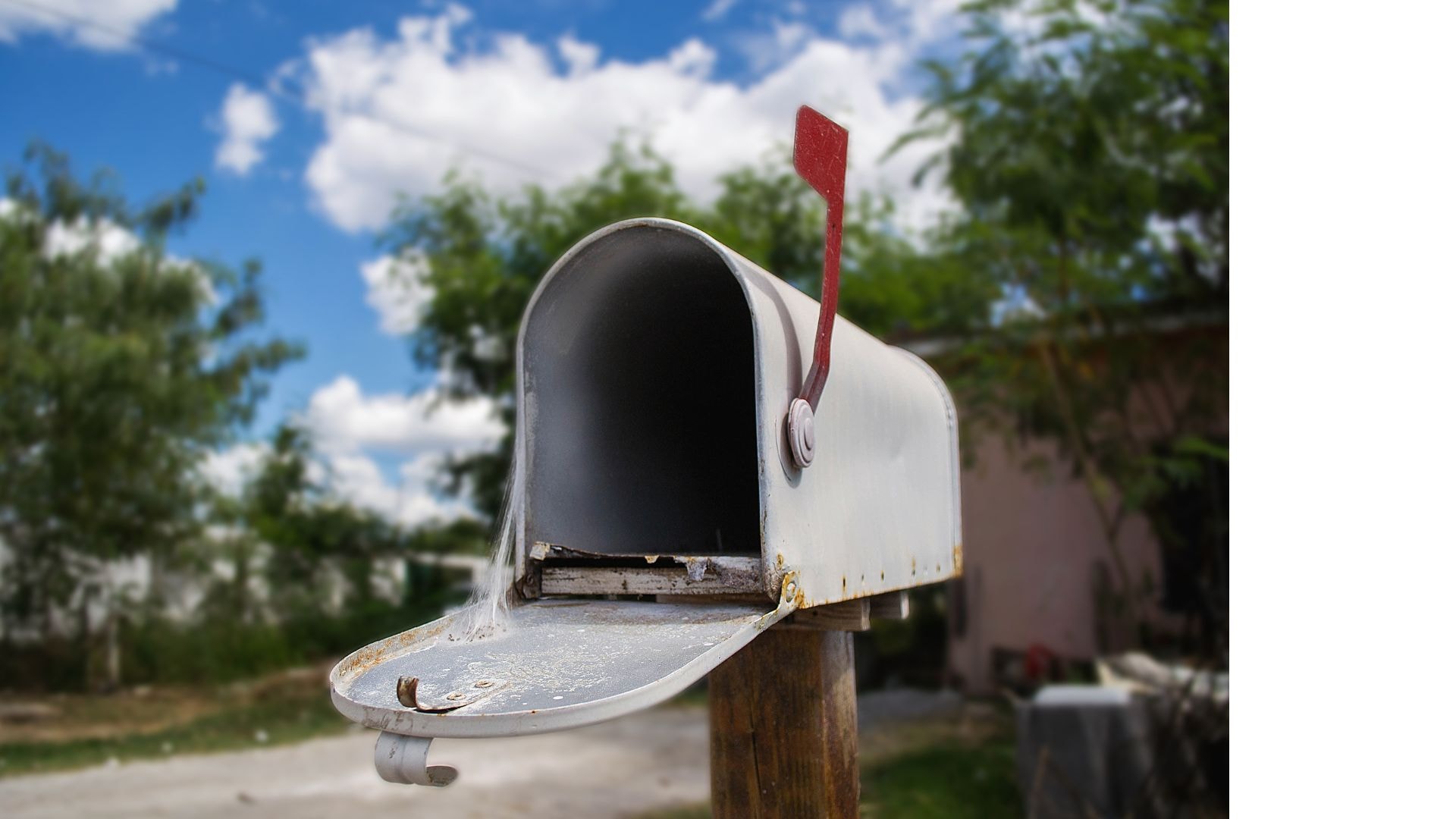Your church worked hard to create a great Sunday service. The music was on point. The sermon was heartfelt. You even had fresh coffee and smiling greeters at every door.
And yet—those visitors you were excited to meet? They never came back.
Sound familiar? You’re not alone.
Many churches struggle to turn first-time visitors into returning guests, and often, the problem lies not in the service but in what happens after the service. Specifically, in the church follow up mistakes that break the connection before it even begins.
In this episode, we’ll uncover the most common guest follow-up pitfalls, why they matter, and how church leaders can fix them with a few simple changes.
Estimated reading time: 10 minutes
Table of contents
- Why Follow-Up Matters More Than You Think
- Top 8 Church Follow-up Mistakes
- 1. Waiting Too Long to Reach Out
- 2. Making It All About the Church
- 3. Using a One-Size-Fits-All Follow-Up
- 4. Forgetting to Contact Visitors in Multiple Ways
- 5. Not Training a Follow-Up Team
- 6. Treating Follow-Up Like a Task, Not a Relationship
- 7. Overwhelming Guests With Too Much, Too Soon
- 8. Missing the Power of Radical Hospitality
- How to Build a Follow-Up System That Works
- Don’t Let Connection Killers Keep Visitors From Coming Back
- More Resources on Church Follow-Up
Why Follow-Up Matters More Than You Think

When someone walks through your church doors, they’ve already taken a big step. Whether they came out of curiosity, crisis, or because a friend invited them, people attend church for many reasons—sometimes due to a recent death, divorce, disaster, or other major life events, as described in the 4-D or 5-D theory. They’re looking for something deeper: belonging, purpose, connection.
Your job doesn’t end when they walk out.
Follow up is what turns interest into engagement. And yet, the guest follow up process is often left on the bottom of a church leader’s overflowing to do list.
Without intentional follow-up, the chances of a return visit drop fast—often within 48 hours.
Here’s the good news: By identifying and avoiding the most common church follow up mistakes, you can help people feel seen, valued, and invited into more.
Let’s look at what might be getting in the way.
Top 8 Church Follow-up Mistakes

Now it’s time to jump into the 8 most popular church follow-up mistakes that keep visitors from returning. Take a look at the list and see if there’s anything your church can improve on.
1. Waiting Too Long to Reach Out
Church visitors are most open to connection within the first 24 to 48 hours. The first week is critical for engaging a first-time visitor or first time guest, as this is when they are most receptive to building a relationship with your church. If they haven’t heard from you by then, they’re already moving on mentally—even if they liked the service.
If your follow up system waits a week to send a note or make a call, it might be too late.
A Few Ideas to Fix It:
- Set up an automated email to go out within 24 hours. Make sure this initial communication contains a clear message so the guest knows what to expect and how to engage.
- Schedule phone calls or texts within 48 hours of a visit. Consider sending a simple message that welcomes the guest and provides a clear next step.
- Use reminders or checklists to keep your follow up consistent.
2. Making It All About the Church
Your guest didn’t visit to learn about your ten programs and five ministries. They came to explore faith and community. If your follow up messages are packed with announcements and next steps—but no personal touch—they’ll feel like just another name on your list.
It’s important to address guests’ questions and concerns, showing that you care about what matters to them. The goal is to build true relationships, not just provide information.
Connection First. Information Second.
People want to know:
- Did you notice me?
- Do you care?
- Is there room for me here?
Applying the golden rule in your follow-up communication—treating guests as you would want to be treated—helps build genuine connections. Reaching out as you would to an old friend, whether through a call, text, or personal visit, can make guests feel truly welcome.
A Few Ideas to Fix It:
- Start your email with a personal thank-you.
- Mention something specific about their visit if you can—these small gestures show you care and help build true relationships with your guests.
- Save the invitations for later in the message.
Make it feel human—not like marketing.
3. Using a One-Size-Fits-All Follow-Up
Sending a nice form letter to every guest is a common approach, but it is plainly insufficient for effective guest follow-up. People can tell when they’re getting a template.
This kind of church follow-up lacks warmth and makes people feel like a task rather than a person.
Instead, Try Personalizing Your Follow-Up:
- Mention names, families, or things they shared with your greeters, using information gathered from connection cards.
- Segment follow-ups by age, family status, or interest, as recorded on connection cards.
- Have real people send real messages—not just automated ones. Personal messages stand out in a world dominated by digital communication.
This doesn’t mean you need a fully customized email for each person. But even a few tweaks can help your guest follow up connects feel more relational.
4. Forgetting to Contact Visitors in Multiple Ways

If your entire guest follow up system depends on one email, such as a weekly enewsletter or a bi-weekly message, as the only means of follow-up, you’re likely missing people. Especially if that email ends up in the spam folder.
Instead, using tools like text in church allows you to consistently reach guests through multiple channels. This approach helps you stay relevant and ensures your communication is timely and effective.
The Fix: Layer Your Follow-Up
Use multiple channels to connect and consider leveraging technology to streamline your outreach with guest follow-up systems:
- Email (automated or personal)
- Text messages
- Phone calls (even voicemails!)
- Handwritten notes
- Social media DMs (if appropriate)
Phone calls are especially powerful, even if someone doesn’t answer. Just hearing a kind voice in a voicemail shows them they matter.
5. Not Training a Follow-Up Team
If all follow-up lands on one person—usually the lead pastor—it’s going to fall through the cracks.
A solid guest follow up system needs a team: staff members, key volunteers, and the office admin, all working together with the right heart and the right tools.
A Few Ideas to Fix It:
- Recruit a hospitality team to help with guest contact.
- Train volunteers to write notes or make calls.
- Assign one follow-up coordinator to oversee the whole system.
Give them scripts, templates, and a simple checklist. If it’s clear and easy, it’ll actually happen, and follow-up won’t feel like just another task added to the team’s workload.
6. Treating Follow-Up Like a Task, Not a Relationship
Too many churches reduce follow-up to “Send email. Check box.” But guests aren’t tasks—they’re people in search of community, truth, and hope.
Your current follow up process should help guests take steps into relationship, not just across your database. The goal is to build true relationships that encourage attending church and help guests form a new habit of consistent engagement with your church community.
Try This Instead:
- Invite new visitors and young families to coffee or a casual meeting with a staff member or small group leader.
- Have someone meet them at an event or service.
- Follow up again after their second or third visit.
Make the goal connection—not completion.
7. Overwhelming Guests With Too Much, Too Soon
Imagine visiting a church once and getting five emails, three texts, and a full rundown of every ministry within a week.
That’s a big mistake.
You’d probably feel a bit… smothered.
New visitors are still deciding if your church feels safe and welcoming. Don’t overload them with a to-do list on day one.
The Fix: Slow Down
- In your first email: thank them, and give one simple way to engage.
- In your second: invite them to a low-pressure event (like a newcomers’ lunch).
- In week two or three: offer more next steps like joining a small group or serving.
Pacing matters. Let trust build. Even small gestures, timed well, can have a huge impact on whether guests return.
8. Missing the Power of Radical Hospitality
Real hospitality isn’t about programs. It’s about people. It’s about eye contact, listening, and showing someone they belong before they believe or behave.
Your follow up system should reflect this new radical hospitality, not a cold business process.
When people sense real care, they’re more likely to come back. They’re more likely to open up. By understanding basic human psychology and focusing on building routines around Sunday mornings, you can help make church a part of a person’s lifelong habit.
How to Build a Follow-Up System That Works

Now that you’ve seen the pitfalls, here’s how to build something better—step by step:
Start by using a connect card to gather essential guest information, including their home address. This simple tool is key for initiating meaningful connections and enables you to follow up in a personal way.
Week 1
- During the first week, it is important to reach out to first time guests in a consistent manner to build genuine relationships and encourage continued involvement.
- Day 1: Send a warm, short email. Thank them for coming. Link to your website.
- Day 2-3: Make a quick phone call or text message. Keep it friendly and personal.
- Day 4-5: Mail a handwritten note or a small gift.
- Day 6-7: Invite them to one event—no pressure.
Week 2 and Beyond
- Add them (with permission) to your newsletter list.
- Invite them to a newcomers’ group or class.
- Keep checking in every few weeks—just to say hello. Consistent follow is key; maintaining a steady and reliable follow-up process helps guests feel cared for and builds trust.
- Use strategies to effectively follow up with guests in the weeks after their visit, ensuring your engagement is balanced and considerate.
Remember: consistency beats complexity. A simple system done every week will outperform a fancy one done once a month.
Don’t Let Connection Killers Keep Visitors From Coming Back

You’ve already done the hard work of getting someone through the doors. Don’t lose them because of a preventable follow-up mistake.
Most churches make these mistakes, and it sounds crazy, but with a few small changes, you can transform your church into a truly friendly church that goes beyond surface-level greetings.
Church leaders, your role is too important to leave connection to chance.
Take a fresh look at your current follow up process. Are you making one of these church follow up mistakes? Are your guest follow-up messages building relationships, or just filling inboxes?
With a few tweaks, a little team training, and a renewed focus on radical hospitality, your follow-up can go from a broken system to a life-giving bridge.
And that one-time guest?
They might just become a lifelong member.
More Resources on Church Follow-Up





